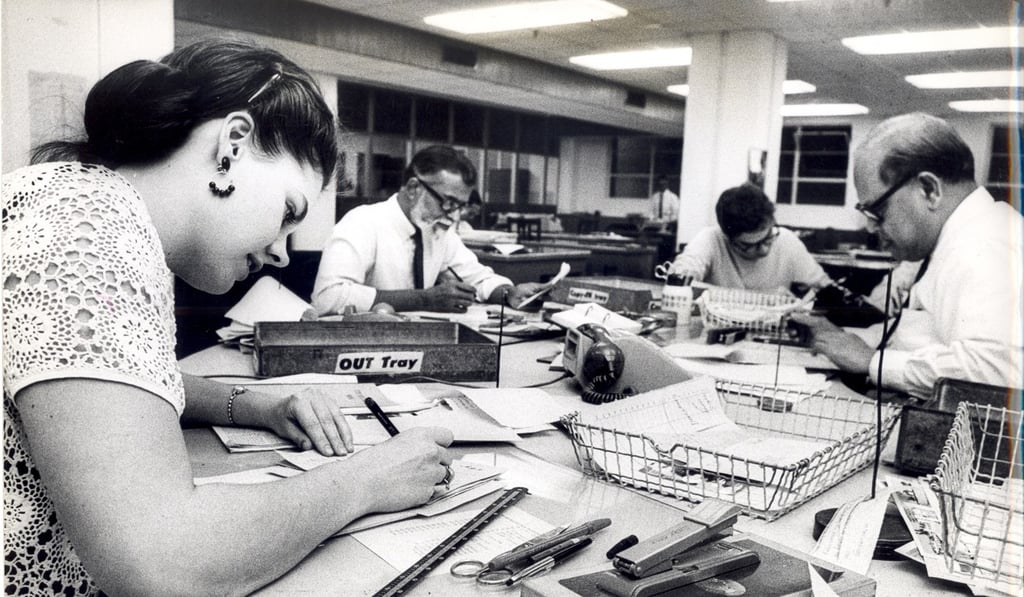More than a century of newsroom technology at SCMP: from the telegraph to live streaming of spacewalks
Tech advancements, taken for granted today, are vastly different from news gathering and delivery in the 1970s, let alone at the start of the 19th century

To the late and legendary Kevin Sinclair, a renowned Hong Kong-based journalist who joined the South China Morning Post in the 1970s, the telephone was “the greatest tool of the reporter’s trade”.
“A phone in your hand enables you to reach virtually every corner of the earth... even further afield,” Sinclair, then assistant editor at the Post, wrote in an article 35 years ago as he recalled his attempt to put a call through to Nasa’s Gemini IV spacecraft as it orbited the earth. Sinclair wanted to speak with astronaut Edward White who became the first American to walk in space in 1965 – but the attempted call was not successful.
The news gathering world today has changed beyond the imagination of old school journalists like Sinclair. Telephones are nowhere to be seen on reporters’ desks at the Post’s modern and spacious new offices at Times Square, Causeway
Bay. Rather, the voice call function is now embedded in Cisco’s Jabber software which is installed on laptops and handles voice calls, video chats and instant messaging.
The US National Aeronautics and Space Administration (Nasa) now live-streams spacewalks on YouTube, with millions of people around the world able to watch in real time using an internet connection.
These technology advancements, taken for granted today, are vastly different from news gathering and delivery in the 1970s. Yet the Post started publishing several decades earlier than that.

At the start of the 20th century news travelled at a snail’s pace. Some stories in the first edition of the Post, published on November 6, 1903, reported on international wars, politics and other world news that was days old, including a murder case that happened in Paris the month before.